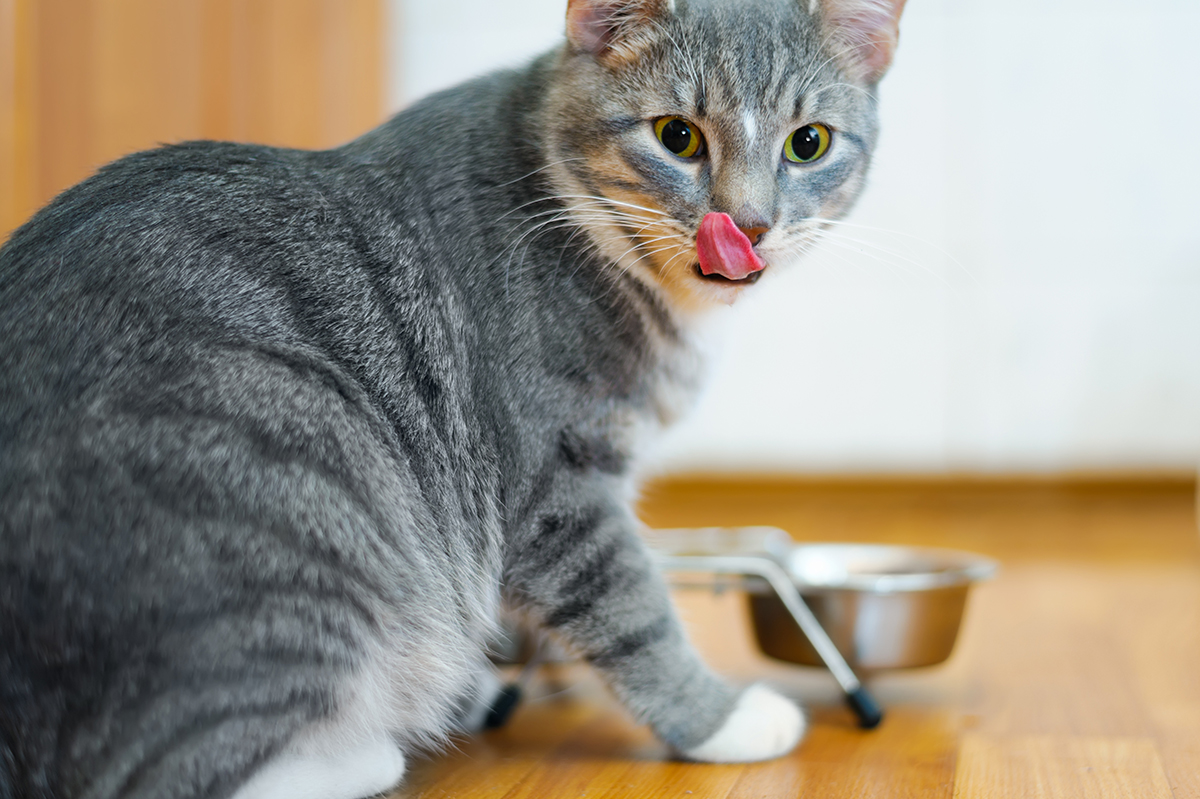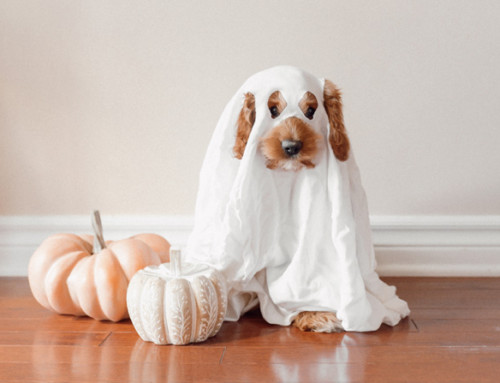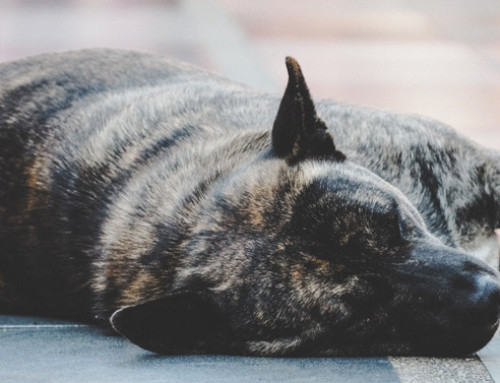Cats are independent pets, but that doesn’t make them invincible. There are a number of common household foods that pose moderate to severe risks to your puss-in-boots. Keep an eye out for the following 10 items you should never feed your cat.
1. Onions
Onions can be a cause of anemia in cats, regardless if it’s raw, cooked, powdered or even dehydrated. In general, you’ll need to avoid any foods they have even a trace of onion, as even small amounts over time can cause onion poisoning in felines.
2. Garlic and chives
While not as threatening as onions, garlic and chives are a cause of gastrointestinal upset for cats. In large amounts they can be dangerous. Keep these items secured in the pantry, don’t leave them out on the table or in an easy to get too place.
3. Dairy products
Cats love milk but it’s actually not that good for them. According to WebMD most cats are lactose intolerant, and their inability to process most common dairy products; from milk to cheese and yogurt, can cause stomach distress and diarrhea.
4. Raw eggs
Uncooked eggs can expose your cat to parasites like salmonella, leading to an inflamed pancreas and potentially pancreatitis. The protein in eggs is good for cats, as long as the eggs are cooked thoroughly.
5. Alcohol
Whether it’s beer, whisky or premixed alcoholic beverages, alcohol should never be given to cats. Alcohol affects cats in a similar way to humans, causing liver damage among other things. But because cats are so small, the amount of alcohol needed to cause serious damage is minimal. A couple of teaspoons of whisky can send a 5 pound cat into a coma.
6. Bones
If your house is home to many furry friends you’ll want to keep an eye on any bones you give to your dog and never give bones to a cat.
Bones can break and splinter, choking your cat, blocking the intestinal tract and perforating the intestines. A general rule of thumb is never give a cat anything harder than their teeth.
7. Chocolate
Chocolate contains both caffeine and theobromine, both simulants and toxic to cats. Symptoms include diarrhea and vomiting which can be quite severe even in moderate amounts.
Both toxins affect the nervous and cardiovascular system and can cause heart attacks in cats. Consult your vet immediately if you suspect your feline has eaten any form chocolate. That includes cookies and other food items that might contain traces of chocolate.
8. Xylitol
Xylitol is an artificial sweetener used in a number of sugar free products and it’s highly toxic to cats. If your pet consumes xylitol it can lead to seizures and liver failure, so don’t let them get into any of your sugar free products.
If you’re not sure if there’s xylitol in your house, check the ingredients list on any diet products you might have, or look up their ingredients online.
9. Grapes
Ripe, juicy grapes can damage your cat’s kidneys, and so can sultanas and raisins. Luckily your cat would have to consume them in large amounts and, as many cat owners have observed, cats generally aren’t excited by grapes.
Still, if your feline friend likes to snack on the occasional sultana you might want to keep their interest at a minimum, lock the product away, or ban them from the house all together.
10. Raw dough and yeast
Raw bread dough contains yeast which can lead to gas forming in your cat’s intestinal tract. There’s also a risk of alcohol poisoning depending on the stage of fermentation. Some cats are attracted to the smell of bread dough. If you prefer to make your own bread at home, never leave the dough unattended, and ensure yeast is stored in a sealed container.
What to do if your cat eats something toxic
When it comes to your pet’s health and safety, there is really no room for error. Cats communicate with us in different ways. Some might try to hide their pain. Others will show it more visibly. If you suspect your feline family member has snacked on something they shouldn’t, take them to the vet immediately.
What are the signs
If your cat shows the following signs or symptoms they might have eaten something toxic:
- Legathrigic
- Vomiting
- Diarrhea
- Choking
- Blood in stool or urine
While it might seem gross, taking a sample of any discharge to the vets can help them diagnose your cat’s concern. Use a small, disposable plastic container if you don’t have a stool sample jar at hand.
How to properly secure toxic food items
The best way to secure toxic foods from your cat is to simply not have them in the house. Alternatively, make sure they are sealed in airtight, childproof containers. You may want to print off this list as well and tape it to the inside of your pantry or on the fridge as a reminder to the whole family.
When preparing human foods that use ingredients that are toxic to cats, always be sure to clean up thoroughly and immediately. Wipe down all bench tops, rinse and clean utensils and sweep the floor. Keep food waste in a sealed bin so that your cat doesn’t forage for scraps.
Remember: Cats are athletic. Even something that’s high up but unsecured isn’t too far away. Practice good safety measures and limit your cat’s exposure to toxic foods to help them live a happy, healthy life.







Thank goodness I was concerned about what was actually good to give my cats. If you were raised in an American home you would believe that cats are supposed to drink milk and I was one of these people.